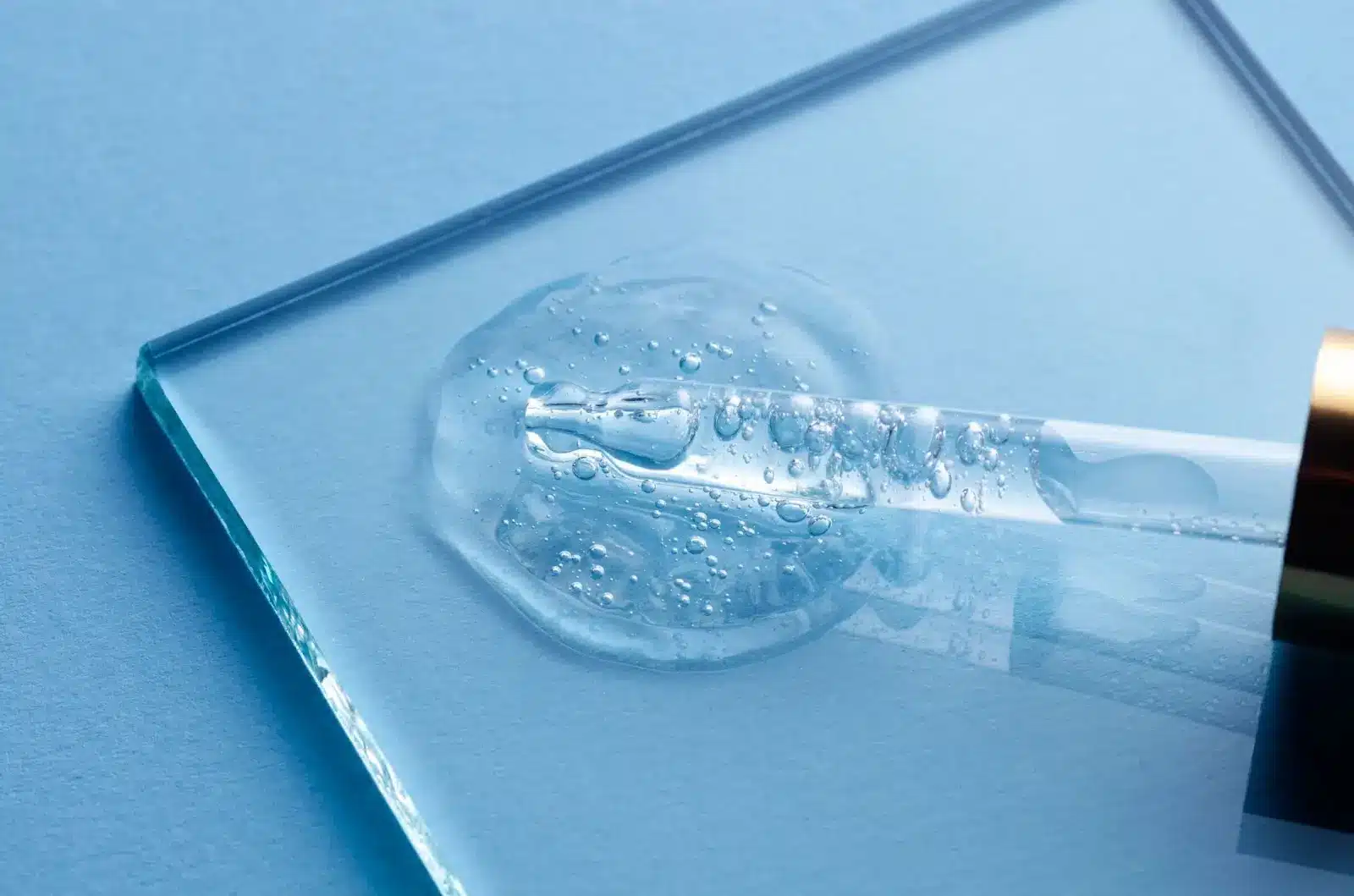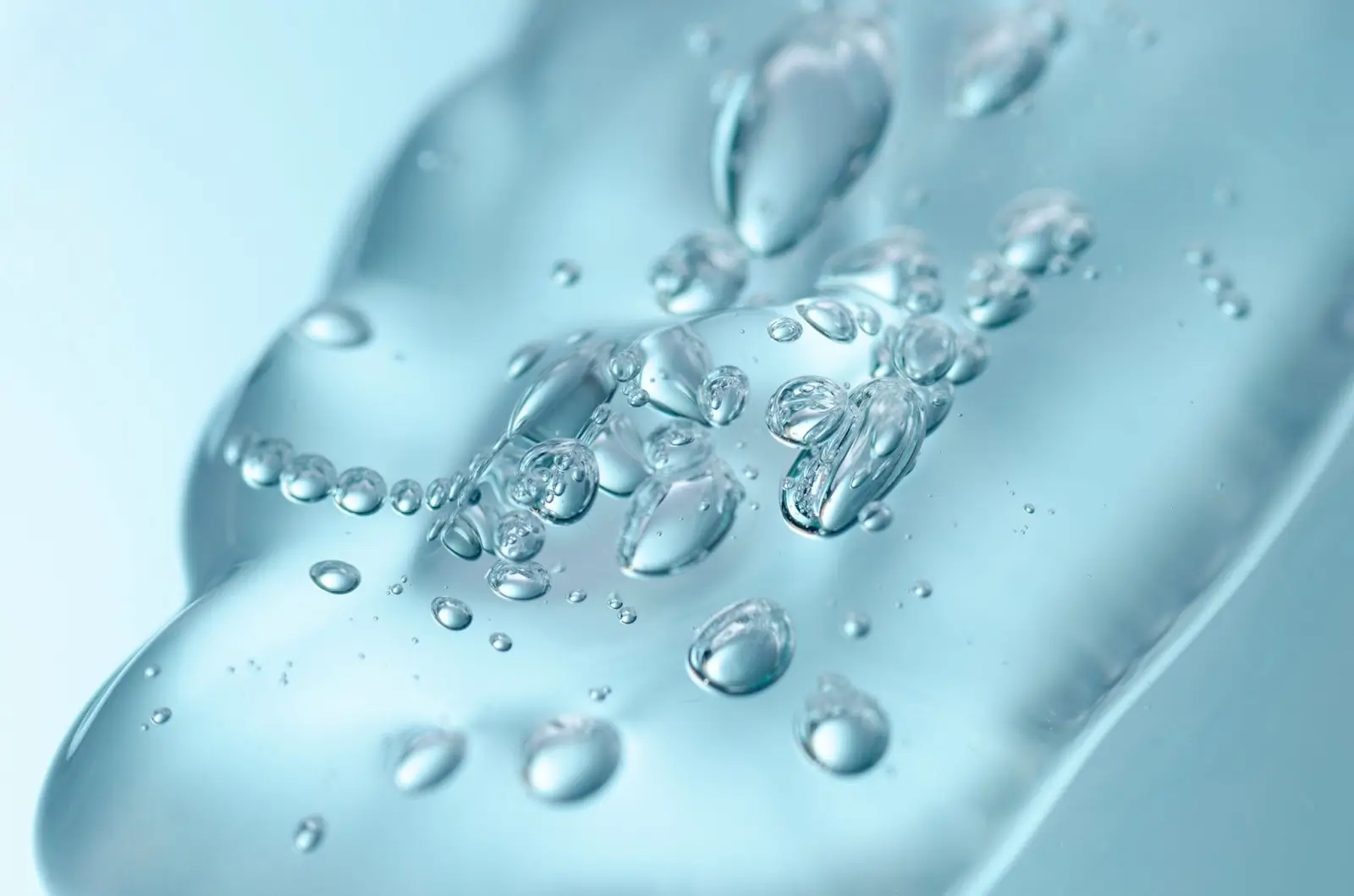
In aesthetic medicine, hyaluronidase is an essential enzyme for addressing complications that arise from hyaluronic acid dermal fillers. Its primary function—rapidly breaking down hyaluronic acid—makes it indispensable for resolving issues such as unintended filler placement and vascular occlusion. As a result, hyaluronidase has become a cornerstone in the toolkit of practitioners who seek to maintain both the safety and efficacy of filler treatments.
Among the available hyaluronidase options, Liporase has gained recognition for its efficiency and widespread use. However, its potent nature necessitates precise handling. To achieve accurate and safe results, careful dilution is essential. Inadequate dilution could compromise the effectiveness of the treatment or lead to complications.
This article provides a comprehensive, step-by-step guide on how to dilute Liporase, including important dosage considerations, practical tips, and key safety measures, ensuring optimal results in both emergency and routine applications.
Key Takeaways
- Liporase is a hyaluronidase enzyme that can break down hyaluronic acid in dermal fillers. It plays a critical role in correcting complications like unintended filler placement or vascular occlusion.
- The most common dilution ratio for Liporase is 1:4, which involves mixing 1 mg of Liporase powder with 4 mL of sterile saline. However, the administering practitioner can adjust the treatment depending on the specific clinical indication.
- Proper dilution is crucial for safe and effective administration. Use 1 mL Luer-lock syringes and 25–27 gauge needles for precision, and always follow aseptic techniques to reduce the risk of contamination.
- After dilution, use Liporase immediately to preserve its enzyme activity. If storage is necessary, refrigerate it at 2–8°C and use it within 24 hours.
- Always perform a patch test to check for hypersensitivity before administering Liporase for full treatments.
- For more targeted effects, practitioners may use a more potent dilution (e.g., 1:2), while milder needs (such as reducing puffiness or edema) may require a gentler 1:6 dilution.
- Documenting dilution ratios, dosage, and site details is essential for ensuring repeatable outcomes and safe treatment management.
About: Doctor Medica is your trusted supplier of top-quality dermal fillers, viscosupplements, and more for your medical practice. We offer genuine products from leading brands at the lowest prices in the market. If you’re looking to order Liporase online for your practice, contact Doctor Medica today.
Required Materials for Diluting Liporase

Before attempting to dilute Liporase, it is important to gather all the necessary materials to ensure safety, accuracy, and efficiency during the process. Proper preparation not only reduces the risk of contamination and dosing errors but also promotes smoother workflows, minimizing delays in clinical settings. Whether treating localized fat reduction, edema, or performing hyaluronidase-related corrections, having everything ready beforehand ensures a more consistent and successful outcome.
| Materials Checklist | Purpose |
| Liporase Vial | Contains the freeze-dried enzyme powder (hyaluronidase) that must be reconstituted before use. Always check the vial’s expiration date and ensure it is sealed and undamaged before use. |
| Sterile Normal Saline (0.9%) | Used as a diluent to rehydrate the Liporase powder to the desired concentration. It must be preservative-free and stored correctly to avoid contamination or reduced enzyme activity. |
| Syringes & Needles | 1 mL Luer-lock syringes for precision and 25–27 gauge needles for drawing and reconstituting. Low dead-space insulin syringes may also be used for accurate measurement and minimal waste. |
| Alcohol Swabs | Essential for disinfecting the rubber stopper of the Liporase vial and the hub of the syringe, preventing bacterial contamination during reconstitution or injection. |
| Sterile Gloves & Clean Workspace | Crucial for maintaining aseptic technique. Use medical-grade gloves and perform the dilution in a sanitized, clutter-free space free of airflow or contaminants. |
| Labeling Tape or Markers | Label the vial or syringe with the date, time of dilution, final concentration (e.g., 1 mg/mL), and your initials for traceability and preventing mix-ups during treatment sessions. |
By organizing your workspace and ensuring you have checked all supplies, you minimize treatment delays and dosing inaccuracies. A well-prepared environment ensures a smoother and more efficient process, particularly when working with biologically active enzymes like Liporase. A proactive approach ensures you perform each step with confidence, resulting in safer and more effective treatments.
Liporase Vial to Saline Ratio & Dilution Steps
The most commonly used dilution ratio for Liporase is 1:4, which involves mixing 1 mg of Liporase powder with 4 mL of sterile saline. However, dilution ratios may vary depending on the specific clinical purpose, such as dissolving dermal fillers or reducing localized swelling. Always refer to the manufacturer’s guidelines or follow treatment-specific protocols to ensure safe and effective outcomes.
Step-by-Step Dilution
- Wipe the rubber stopper of the Liporase vial thoroughly with an alcohol swab for at least 10 seconds. Allow it to air dry completely to ensure a sterile environment.
- Using a 1 mL syringe with a 25–27G needle, draw up the exact amount of sterile 0.9% saline based on your desired dilution ratio (e.g., 4–5 mL for a standard dilution).
- Slowly inject the saline into the Liporase vial, directing the stream toward the glass wall to minimize foaming. Avoid forceful or rapid injection, which can cause unnecessary agitation.
- Gently swirl the vial in circular motions until the powder is fully dissolved. Do not shake the vial, as shaking may damage the enzyme or cause bubbles.
- Draw the reconstituted Liporase solution into a sterile syringe. Confirm the clarity of the solution and ensure that there are no particulates present before proceeding with injection.
- Clearly mark the vial with the dilution concentration (e.g., 1 mg/5 mL), the date and time of preparation, and your initials. If not used immediately, store it appropriately.
Adjusting Dilution for Indications

The required concentration of Liporase varies depending on the treatment goal. For more targeted effects, such as toxins correction, use a more potent dilution, like 1:2 (mg Liporase to mL saline). This allows for quicker enzymatic activity and more immediate results in tighter, localized areas.
For milder applications, such as reducing puffiness, edema, or small fat deposits, use a gentler 1:6 dilution. This approach allows for a gradual tissue response, minimizing the risk of overcorrection or inflammation. Monitor the skin’s reaction after injection and adjust future concentrations accordingly. Clear documentation of the dosage and site details ensures that treatment can be repeated safely.
Aseptic Technique, Patch Test & Immediate Use vs Storage
Before proceeding with treatment, it is essential to understand what Liporase is and how to use it safely. Here are the key protocols to follow:
| Category | Steps & Guidelines |
| Aseptic Protocol | – Perform thorough hand hygiene and wear sterile gloves.- Work in a clean, draft-free space.- Always use new needles and syringes for each vial to prevent cross-contamination. |
| Patch Test | – Inject a small test dose in a discreet area (e.g., behind the ear or inner forearm).- Monitor for signs of hypersensitivity for at least 48 hours before proceeding. |
| Storage and Use Timeline | – Use immediately after dilution whenever possible to preserve enzyme activity.- If storing, refrigerate at 2–8 °C and use within 24 hours.- Discard any remaining solution after this period to avoid reduced efficacy and safety risks. |
By following these protocols and handling Liporase with care, practitioners can ensure optimal results and minimize risks associated with the enzyme’s application.
Conclusion
Mastering the correct method for diluting Liporase is crucial for optimal treatment outcomes in both aesthetic and therapeutic protocols. By understanding dilution ratios, adhering to sterile techniques, and adjusting for specific indications, clinicians can ensure that they achieve predictable, safe, and reliable results.
Always perform a patch test and adhere to storage guidelines when delaying injections. Proper dilution not only maximizes efficacy but also improves patient safety, making Liporase a versatile and trusted option in aesthetic treatments.
FAQs
1. What is Liporase used for?
Liporase is an enzyme blend used for localized fat reduction, tissue edema, and toxin correction, helping remodel and smooth treated areas.
2. How precise does saline measurement need to be?
Precision is critical. A 1:4 dilution requires exactly 1 mg Liporase per 4 mL of saline. Always use calibrated syringes and repeat verification.
3. Can diluted Liporase be reused?
No. Use diluted solution within 24 hours, store at 2–8°C, and discard any leftover solution to maintain sterility and potency.
4. How long after dilution can you treat?
You may treat immediately after dilution or delay up to 24 hours if refrigerated. After that, safely and properly discard the solution.
References
Borzabadi-Farahani A, Mosahebi A, Zargaran D. A scoping review of hyaluronidase use in managing the complications of aesthetic interventions. Aesthetic Plastic Surgery. 2022;48(6):1193-1209. doi:10.1007/s00266-022-03207-9
Kroumpouzos G, Treacy P. Hyaluronidase for dermal filler complications: Review of applications and dosage recommendations. JMIR Dermatology. 2023;7:e50403. doi:10.2196/50403
Related Articles
Joanna Carr
Botulax vs Innotox – A Thorough Comparison of Toxin
Compare Botulax and Innotox, two leading botulinum toxin type A products from South Korea. Explore differences in formulation, preparation, onset, and...
Joanna Carr
Orthovisc Vs Supartz – Which One Is Best?
Interested in learning more about Orthovisc Vs Supartz, Which One Is Best?? Browse Doctor Medica's comprehensive archive of blog posts.
Joanna Carr
Xeomin for Migraines: Off-Label Treatment
Xeomin, a neurotoxin manufactured by Merz Pharmaceuticals, has been used off-label for the treatment of migraines.


